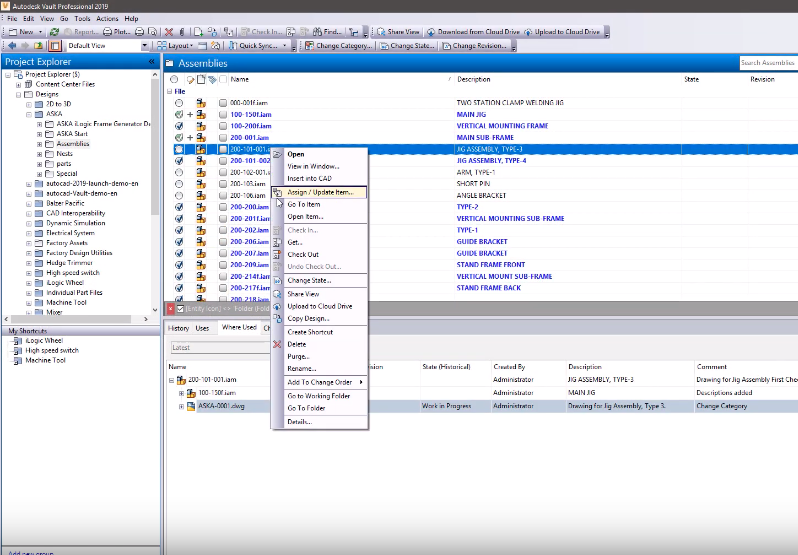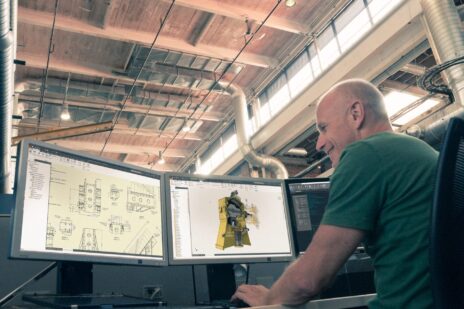
Collaboration with others is an essential part of our daily lives as engineers. After all, the design and production chain is more than a team of one. What that ultimately means is that any design you create will need to be read, interpreted, or even edited by others in different departments or different companies. Luckily, Autodesk Inventor makes that process easy.
In order to better collaborate with others, let’s take a look at some best practices.
Collaboration Best Practices
Autodesk Inventor allows you to collaborate with people regardless of whether they are Inventor users or not. However, if you are collaborating with other Inventor users internal to your company, the best solution is to utilize Autodesk Vault. Vault is the best data management tool for Inventor data, as it can manage documentation for the file and even track revisions.
That said, a lot of our collaboration efforts as engineers requires that we share data external to our company. Inventor opens pretty much every file type, so if you’re receiving data from a non-Inventor user or sharing data with a non-Inventor data, you can do so using neutral file types.
This will open the file in Inventor as a “dumb solid”, which is essentially the geometric representation of the object with few other attributes.
When you’re receiving data from others in a format such as Solidworks or ProE, you have a lot more options inside of Inventor. You can choose to convert the file, which will create an inventor file of the orginal shared file, or you can choose to create a reference model, which will update as the original file is updated.
Protecting IP
One of the biggest concerns to have when sharing out model data is protecting your IP in your design. Luckily, this is easy with Autodesk Inventor’s Shrinkwrap tool. You can quickly select and choose which components or features to include in the model, without having to remove design data.
Another best practice is to provide the engineers you’re sharing data with, with a neutral file format unless they specify the type. This ensures that there won’t be any collaboration issues down the line, and protects your model and your IP to the best possible means.
Collaborating for Planning Purposes
Now that we have covered an introduction to collaboration best practices, the next facet to discuss is collaboration for planning purposes. Listen to Autodesk Inventor Technical Marketing Manager Luke Mihelcic cover this topic in the short video below!


